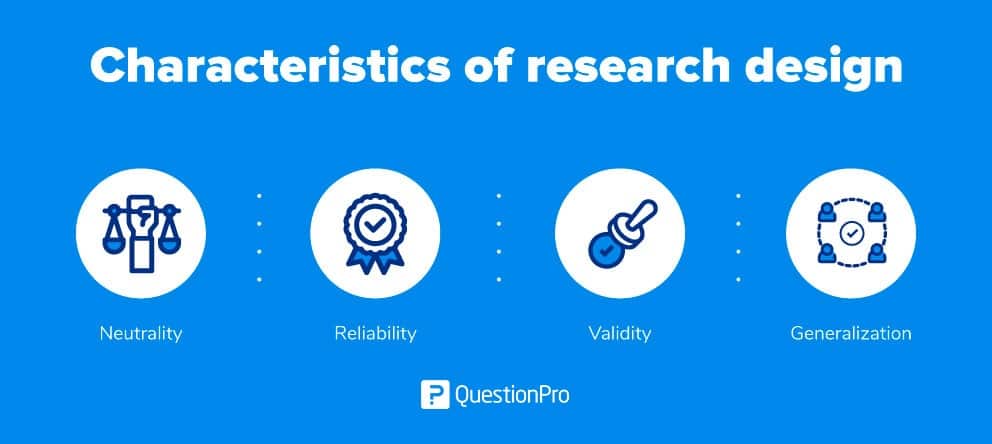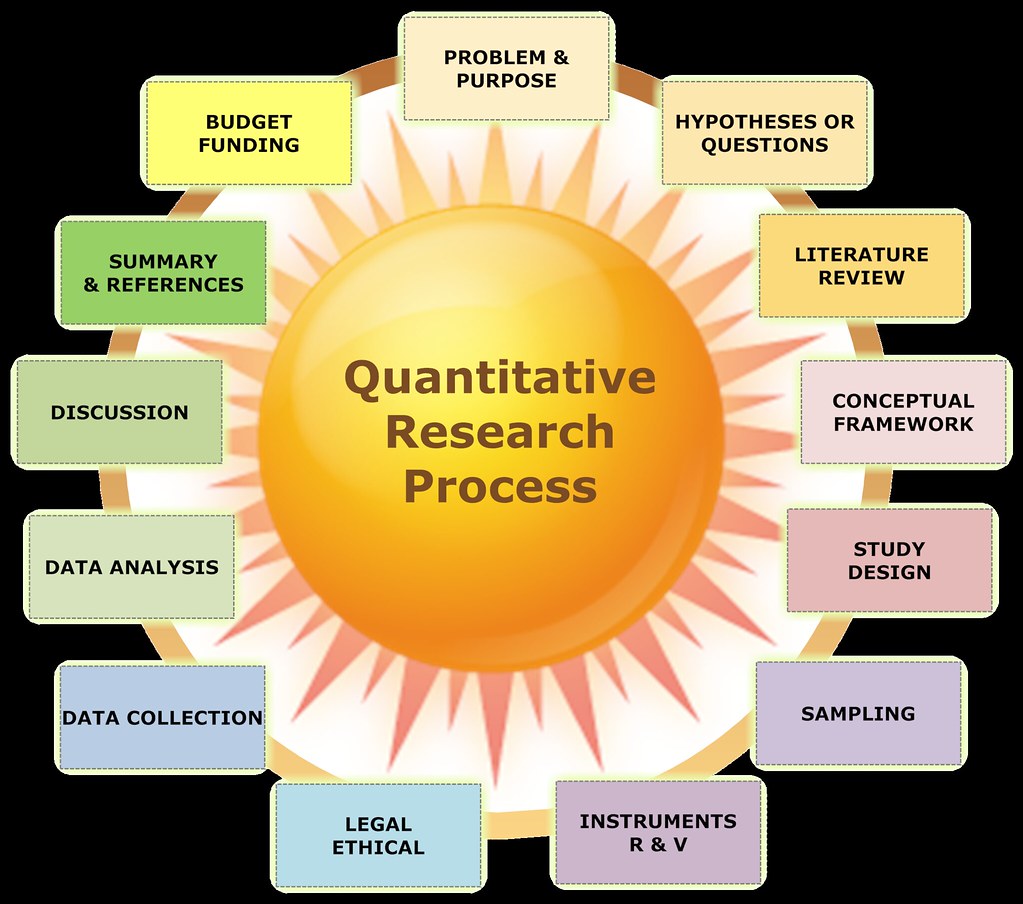Table Of Content

Field surveys are non-experimental designs that do not control for or manipulate independent variables or treatments, but measure these variables and test their effects using statistical methods. Field surveys capture snapshots of practices, beliefs, or situations from a random sample of subjects in field settings through a survey questionnaire or less frequently, through a structured interview. More complex designs may include multiple treatment groups, such as low versus high dosage of the drug or combining drug administration with dietary interventions. In a true experimental design, subjects must be randomly assigned to each group. If random assignment is not followed, then the design becomes quasi-experimental.
Confirmatory versus exploratory research
This way, you still achieve separate groups, without having to assign participants to specific groups yourself. Gene editing has the potential to solve fundamental challenges in agriculture, biotechnology, and human health. CRISPR-based gene editors derived from microbes, while powerful, often show significant functional tradeoffs when ported into non-native environments, such as human cells. Artificial intelligence (AI) enabled design provides a powerful alternative with potential to bypass evolutionary constraints and generate editors with optimal properties. Here, using large language models (LLMs) trained on biological diversity at scale, we demonstrate the first successful precision editing of the human genome with a programmable gene editor designed with AI.
Stay up to date with courses and trends in Clinical Research Conduct and Management
Social Psychology Research Methods - Verywell Mind
Social Psychology Research Methods.
Posted: Mon, 06 Nov 2023 08:00:00 GMT [source]
Or, at the very least, one must be clear that the terms relate to work flow for each individual study participant, and not to the study as a whole. Observational studies are those where the researcher is documenting a naturally occurring relationship between the exposure and the outcome that he/she is studying. The researcher does not do any active intervention in any individual, and the exposure has already been decided naturally or by some other factor. For example, looking at the incidence of lung cancer in smokers versus nonsmokers, or comparing the antenatal dietary habits of mothers with normal and low-birth babies. In these studies, the investigator did not play any role in determining the smoking or dietary habit in individuals.
What Is a Longitudinal Study? - Verywell Mind
What Is a Longitudinal Study?.
Posted: Sat, 02 Dec 2023 08:00:00 GMT [source]
Frequently asked questions
Quantitative research, on the other hand, is more objective and employs statistical approaches. It establishes the cause-and-effect relationship among variables using different statistical and computational methods. In manipulation, the researcher manipulates the independent variables in one or more levels (called ‘treatments’), and compares the effects of the treatments against a control group where subjects do not receive the treatment. Treatments may include a new drug or different dosage of drug (for treating a medical condition), a teaching style (for students), and so forth. This type of control is achieved in experimental or quasi-experimental designs, but not in non-experimental designs such as surveys.
The document that contains information about the technique, methods and essential details of a project is called a research design. The function of a research design is to ensure that the evidence obtained enables you to effectively address the research problem logically and as unambiguously as possible. It sets the framework for data collection, analysis, and interpretation throughout the entire research process. Interventional studies are experiments where the researcher actively performs an intervention in some or all members of a group of participants. This intervention could take many forms – for example, administration of a drug or vaccine, performance of a diagnostic or therapeutic procedure, and introduction of an educational tool.
Writing Survey Questions
Yes, research design can be modified during the course of a study based on emerging insights, practical constraints, or unforeseen circumstances. Research is an iterative process and, as new data is collected and analyzed, it may become necessary to adjust or refine the research design. However, any modifications should be made judiciously and with careful consideration of their impact on the study’s integrity and validity. It is advisable to document any changes made to the research design, along with a clear rationale for the modifications, in order to maintain transparency and allow for proper interpretation of the results.
Case selection in qualitative research

If your research involves people or animals, you also need to consider research ethics. Researchers immerse themselves in a particular cultural or social group to gain a deep understanding of their behaviors, beliefs, and practices. Collaboratively navigate challenges with Action Research, fostering improvements in educational or organizational settings. Drive meaningful change through actionable insights derived from collaborative endeavors. Now you understand why research design is a crucial aspect of each research project, especially at the early stage of your PhD degree.
Examples of flexible research designs

The independent variable is administered to the experimental group and not to the control group, and both groups are measured on the same dependent variable. Subsequent experimental designs have used more groups and more measurements over longer periods. Quantitative study is focused on establishing empirical relationships between variables and collecting numerical data. It involves using statistics, surveys, and experiments to measure the effects of certain phenomena. This research design type looks at hard evidence and provides measurements that can be analyzed using statistical techniques. Given the above multitude of research designs, which design should researchers choose for their research?
Data management
Even with rigorous preparation, you may still face unexpected challenges during your project. Whether you're a seasoned researcher or just getting started, understanding the core principles will help you conduct better studies and make more meaningful contributions. Research design is broadly divided into quantitative and qualitative research design. Studies listed above do not aim to generate final and conclusive evidences to research questions.
Observational studies can be either descriptive (nonanalytical) or analytical (inferential) – this is discussed later in this article. Regression and correlation tests look for associations between two or more variables, while comparison tests (such as t tests and ANOVAs) look for differences in the outcomes of different groups. It’s also important to create a data management plan for organising and storing your data. For valid and reliable results, your measurement materials should be thoroughly researched and carefully designed. Plan your procedures to make sure you carry out the same steps in the same way for each participant.
Unlike other types of design, here scientists try to understand why something is happening. A research hypothesis is an educated guess about a causal relationship between 2 or more variables. An independent variable is hypothesized to have an impact on a dependent variable. Researchers record the alterations in the dependent variable caused by manipulations in the independent variable. Now let’s discuss the fundamental principles that underpin study designs in research. This will help you develop a strong framework and make sure all the puzzles fit together.
In other words, descriptive research design does not explore potential relationships between different variables or the causes that may underlie those relationships. Therefore, descriptive research is useful for generating insight into a research problem by describing its characteristics. By doing so, it can provide valuable insights and is often used as a precursor to other research design types. Once the survey questions are developed, particular attention should be paid to how they are ordered in the questionnaire.
If a question is open-ended, it should be evident to respondents that they can answer in their own words and what type of response they should provide (an issue or problem, a month, number of days, etc.). Closed-ended questions should include all reasonable responses (i.e., the list of options is exhaustive) and the response categories should not overlap (i.e., response options should be mutually exclusive). Further, it is important to discern when it is best to use forced-choice close-ended questions (often denoted with a radio button in online surveys) versus “select-all-that-apply” lists (or check-all boxes). A 2019 Center study found that forced-choice questions tend to yield more accurate responses, especially for sensitive questions. Based on that research, the Center generally avoids using select-all-that-apply questions. Rotating or randomizing means that questions or items in a list are not asked in the same order to each respondent.
“The Bay Area is home to a lot of biotech companies and unfortunately not all companies will teach their employees on how to lead and manage a clinical trial,” Vivian explains. In biological sciences (with a minor in psychology) from Sacramento State and then to continue her education in the field with an M.S. For Vivian Dao-Tong, the importance of clinical research and its positive effects on health are personal. The purpose of a historical research design is to collect, verify, and synthesize evidence from the past to establish facts that defend or refute your hypothesis. It uses secondary sources and a variety of primary documentary evidence, such as, logs, diaries, official records, reports, archives, and non-textual information [maps, pictures, audio and visual recordings]. Entrust us your study and we will find the best research paper writer to complete your project.
Quasi-experimental research design is similar to experimental research design, but it lacks one or more of the features of a true experiment. This type of research design is used when it is not feasible or ethical to conduct a true experiment. I feel that it is important to mention that you also need to develop a data management plan as early as possible in your research. This is especially true during questionnaire design or qualitative design, as you need to make sure you properly deal with the sensitive data and adhere to your funder’s data management requirements. Remember, you only need to generate a sufficient amount of data that is necessary to prove or disprove your hypothesis.
An exploratory design is conducted about a research problem when there are few or no earlier studies to refer to. The focus is on gaining insights and familiarity for later investigation or undertaken when problems are in a preliminary stage of investigation. We hope this article has helped you to better understand the research design process. When working with abstract information that needs to be quantified, researchers often operationalize the variable by defining it in concrete terms that can be measured or observed. To design a research project, it is essential to establish your target population and parameters for selecting participants. First, identify a cohort of individuals who share common characteristics and possess relevant experiences.













